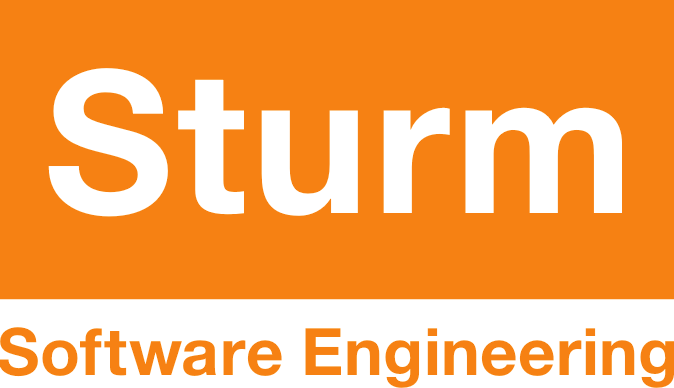We've recently released MediaGoblin 0.11.0! The release ends our support for Python 2 and significantly simplifies the maintenance of the project. It also re-introduces audio spectrograms in addition to a handful of bug fixes.
This is my second release in the maintainer seat after becoming a co-maintainer in September 2019 and sole maintainer in January 2021. Given that, I'd like to reflect on why I'm here, and some of my shorter and longer-term goals.
Personally, MediaGoblin has been a way to privately share photos of my kids with their grandparents, a place to share technical presentations and talks and somewhere to publish recordings from our free software group. But beyond this, it's also been an inspiration to me.
From the beginning, Chris and Deb have done an exceptional job of pitching a vision of a better future for artists, photographers, videographers and makers; a way for them to have independence and control over their publishing. Back in 2010, photo, audio and video publishing had recently become mainstream, but there were few good alternatives to centralised, corporately-controlled publishing platforms. This clear vision, plus the energy, deliberate community building and quirky artistic flair that Chris and Deb brought to the project, helped the concept resonate with a whole lot of people, myself included. This community of great people is a large part of why I'm here.
In many ways, MediaGoblin has already proven itself as a useful tool and a worthwhile project. Many people and organisations already use MediaGobin, so there is no doubt about the impact that we, the members of the MediaGoblin community, have made. Can we go further? Absolutely we can.
MediaGoblin had a fairly quiet period in terms of releases between version 0.9.0 in March 2016 and 0.10.0 in May 2020. Chris and Jessica diverted a lot of energy into the bigger issue of standards for federated social media through the Social Web Working Group. And even before the major interruptions of COVID-19, the Python 2-to-3 transition spread our efforts a little thin.
Despite this, we've made significant progress in the last year or so; squashing bugs, adding small features, improving documentation and testing installation on a number of operating systems. This has been partly boosted by a pilot media archiving project I've worked on with NG Media in Western Australia.
So where to from here? At this point, it would be reasonable to ask what mainstream success might look like for MediaGoblin. A lot has changed since the project was founded in 2010, but one thing that hasn't changed is the dominance of previously mentioned centralised corporate-controlled photo, audio and video publishing. There are many younger sibling projects working towards similar goals, including PeerTube, Mastodon, Pixelfed and many more. MediaGoblin does still remain unique in its focus on artwork publishing and multiple media formats.
There is still plenty of work to be done on MediaGoblin, and while there are no guarantees of imminent mainstream success, the potential up-side of and impact of our work is huge, while the potential downside is small, a concept I've recently heard referred to as "convex". This idea encourages me to keep pushing forwards, even if slowly and intermittently and not worry too much about trying to predict the future.
There are definitely easier and harder problems to solve in the world of free software. While working on programming libraries and development tools is far from simple, the scope is usually more clearly defined. End-user facing applications like MediaGoblin are challenging because they have a larger scope and are used by a wider range of people. This is part of what motivates me though — bringing free software to those beyond just the tech community.
It's been great to see the community's reaction to these recent two releases. People do still know and love MediaGoblin; both the media publishing software we have now and the ambitious federated free software platform we hope to have in the future.

